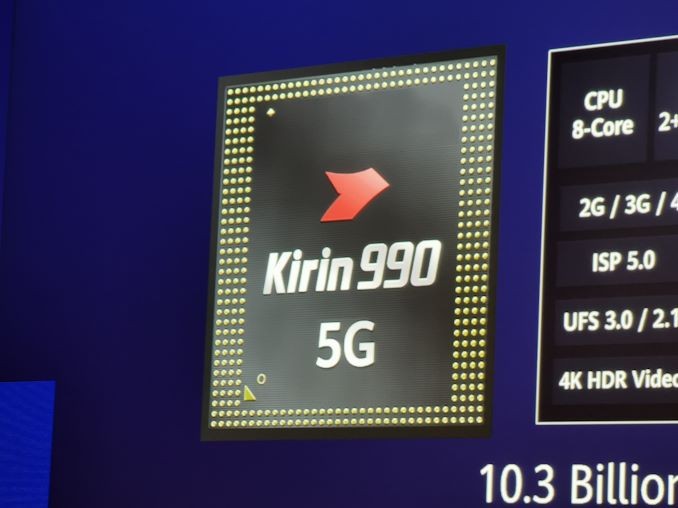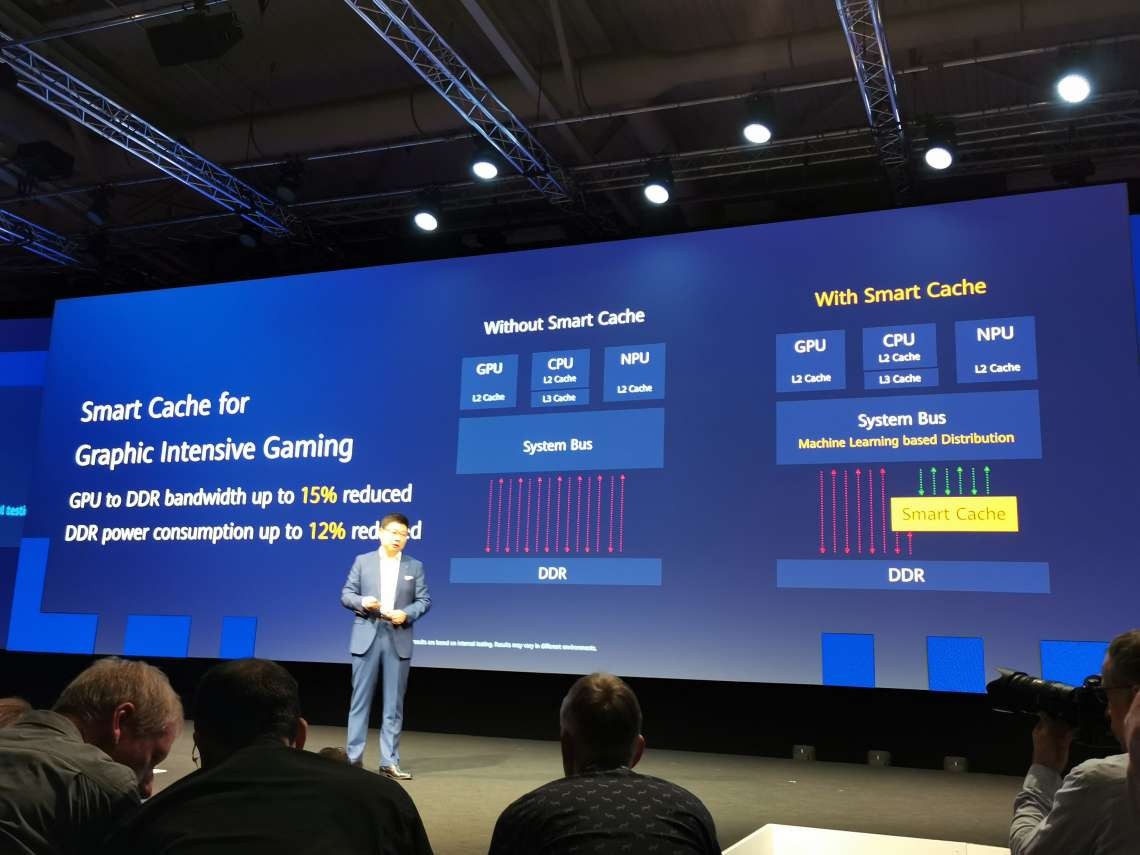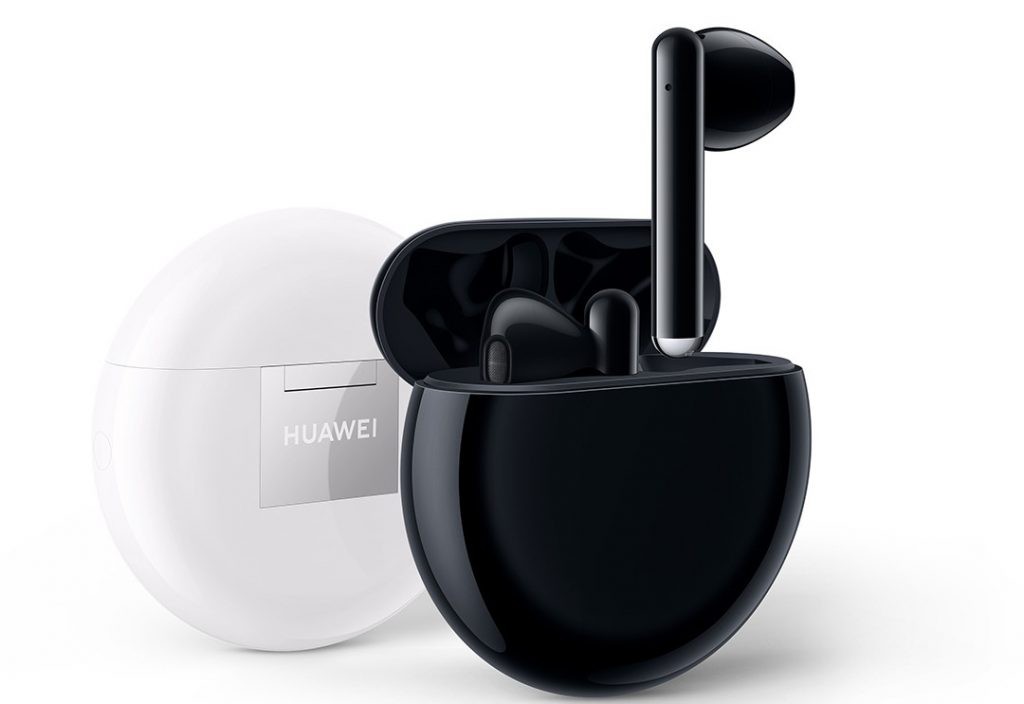At the IFA 2019, Huawei has today announced its flagship chipset Kirin 990, which is also offered in a version with built-in 5G modem. Like most other flagship processors launched recently, this one too is manufactured using the 7nm process.
So, the chipset comes in two variants — one with just 4G support and another with built-in 5G modem. This will lower down the cost of the chipset for the markets which are not yet ready for the next-gen 5G communication technology.

The Kirin 990 5G is using TSMC’s 7FF+ with EUV, which enables the chip to have a smaller die size. The chip is over 100mm2, which is up from 74.13 mm2 on the Kirin 980 and 96.72 mm2 on the Kirin 970, possibly making it Huawei’s largest smartphone SoC to date.
According to Huawei, the chipset can offer a maximum download speed of 2.3 Gbps, and a maximum upload speed of 1.25 Gbps. There’s also ML-based beamforming technology which helps support faster speeds during high-speed travel.
The chipset comes with two high frequency A76 cores, two medium frequency A76 cores, and four more efficient A55 cores. However, the 990 5G and 990 4G will have slightly different frequencies, based on the differences between the 7 and 7+ processes.

Huawei said that it coms with ‘SmartCache’ implementation that helps the GPU along with helping the CPU and NPU as well. We believe this is essentially a next level cache above the DynamiQ DSU. It comes with 16-core Mali-G76 GPU, up from a 10-core Mali-G76 in the Kirin 980.
As for the Neural Processing Unit (NPU), Huawei is implementing its own Da Vinci architecture, which was first introduced with the Kirin 810 SoC and has now found a way in the company’s flagship offering as well.
The Huawei Kirin 990 are expected to come packed with Huawei and Honor flagship smartphones this year as well as next year. The upcoming Huawei flagship — Mate 30 and Mate 30 Pro, getting launched on 19th September, are expected to be powered by this chipset.

